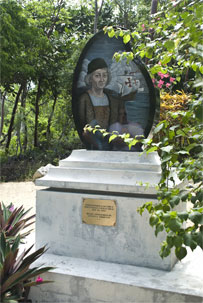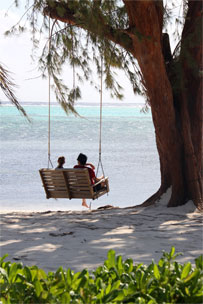Culture and Heritage
Christopher Columbus first sighted Cayman Brac and Little Cayman on May 10th 1503, on his fourth trip to the New World.
A 1523 map shows all three Islands with the name 'Lagartos', meaning alligators or large lizards, but by 1530 the name 'Caymanas' was being used. It is derived from the Carib Indian word for the marine crocodile, which is now known to have lived in the islands.
It was the islands' ample supply of turtle that made them a popular calling place for ships sailing the Caribbean and in need of meat for their crews.
Caymanians have a tradition of hardiness and independence of spirit, which sustained them through many difficult years when their home was sometimes referred to as "the islands time forgot." In those years, they earned a livelihood at sea, either as turtle fishermen or as crew members on foreign-owned ships, or by working in North and Central America.
In 1906 more than a fifth of the population of 5,000 was estimated to be at sea, and even as late as the 1950s the government annual report said that the main "export" was seamen who sent money home to their families. Tourism was still undeveloped at this time. Even in 1970 the population of the Cayman Islands was 10,249, with only 403 recorded visitors.
Since that time the economy has grown steadily. Over the last 30 years, governments have pursued policies aimed at developing the infrastructure, education, health and social services of the islands, creating a stability which is an important factor in the continued growth of Cayman's two main industries: tourism and financial services.
Like all Caribbean cultures, there is a friendly, relaxed approach to life in Grand Cayman. Visitors are greeted with the expression, 'relax – you're on Cayman time'.


